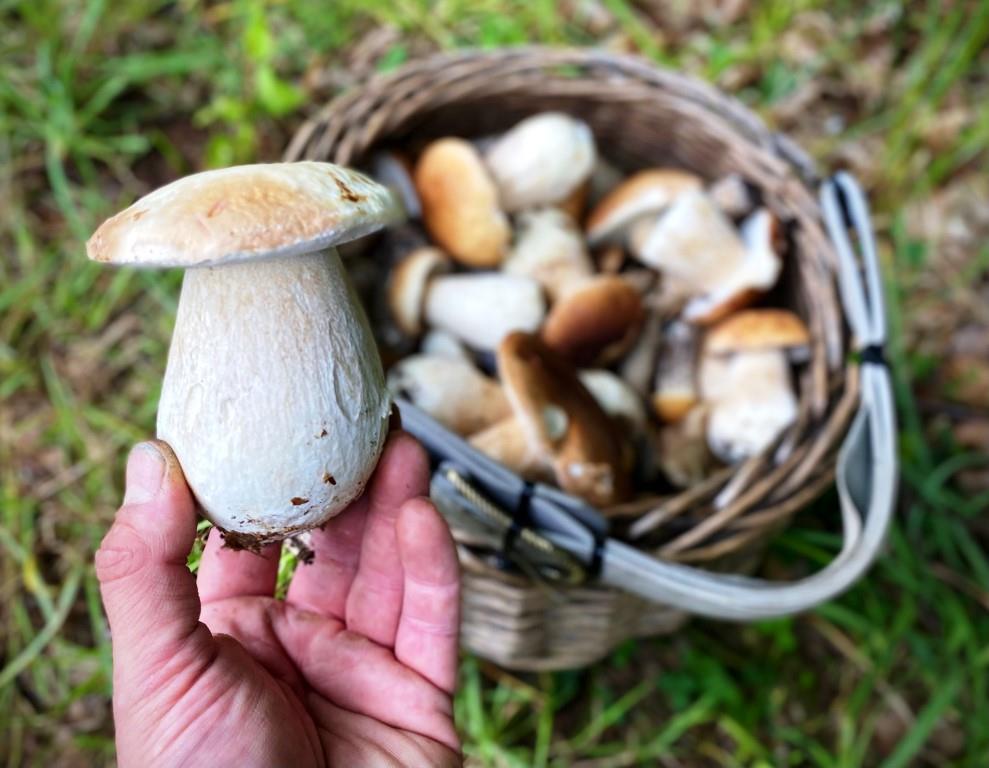Mushrooms, with their myriad shapes, sizes, and flavors, have captivated human curiosity for centuries. These fungi, although diverse, share a common need: a suitable environment for growth. In this article, we explore the intriguing world of mushroom habitats and delve into the three primary types of fungi that can be found thriving in various ecosystems.
Secondary Decomposers: Versatile and Resilient
The first group of mushrooms, known as secondary decomposers, possesses a remarkable ability to break down a wide range of organic matter. They are not picky eaters when it comes to their food source. Whether it’s dead wood, tree stumps, branches, pine cones nestled in the soil, or even grass and leaves, secondary decomposers can adapt to their surroundings. This adaptability makes them relatively easy to cultivate.
Some well-known mushrooms in this category include:
- Egerlinge (champignon)
- Oyster mushrooms
- Honey mushrooms (which can act both as decomposers and parasitic fungi)
- Spruce cone mushrooms
- Träuslinge
Symbiotic Fungi: Partners in Growth
The second group of mushrooms, referred to as symbiotic fungi or mycorrhizal fungi, engage in a mutually beneficial relationship with trees, bushes, or grasses. This coexistence, or symbiosis, is essential for both parties involved. The mushrooms assist their symbiotic partner by aiding in the absorption of vital minerals from the soil. In return, the fungus receives sugars, a resource it cannot produce independently.
Prominent examples of symbiotic fungi include:
- Milk mushrooms
- Thick boletes
- Basils
- Chanterelles
- Amanitas (cap mushrooms)
- Veil mushrooms
Symbiotic fungi are intrinsically tied to their host plants and cannot thrive without them, showcasing the intricate bonds formed between fungi and the plant world.

Parasitic Fungi: Nature’s Destructive Agents
The third group of mushrooms, parasitic fungi, play a destructive role in ecosystems. They target diseased or weakened trees, often causing brown or white rot in the heartwood. Despite their destructive nature, some parasitic mushrooms are edible and have found their way into culinary traditions.
Notable edible parasitic mushrooms include:
- Sulfur mushrooms
- Judas ear
- Scale mushrooms
- Liver mushrooms
- Oyster mushrooms (which can also act as parasitic fungi)
Conclusion
Mushrooms, diverse and enigmatic, thrive in a variety of habitats, each serving as a testament to their adaptability and ecological significance. Whether as secondary decomposers, symbiotic partners, or destructive parasites, mushrooms contribute to the intricate web of life in our forests and ecosystems. Understanding their unique roles and habitats not only enriches our appreciation of these fungi but also deepens our knowledge of the natural world in which they flourish.



